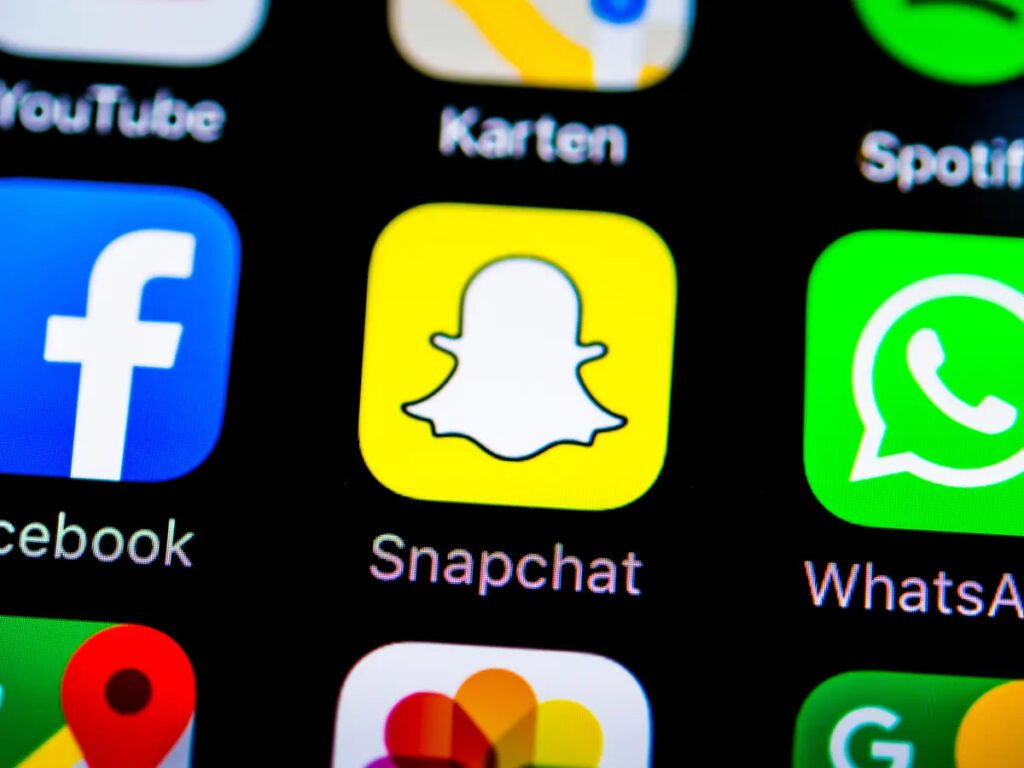


A migraine is so much more than just a headache. It is a crucial neurological disorder that causes many symptoms, including excruciating headaches, blurred vision, sensitivity to light and sound, nausea, and vomiting. Hormonal changes, foods, drinks, stress, sensory stimulation, shifts in wake-sleep patterns, physical factors, environmental variances, and specific medications are just a few factors that can trigger migraines.
You can assist a doctor in identifying the type of migraine you have and choosing the most effective treatment for you by keeping track of your migraine triggers and sharing this information with them. This can be done quickly and efficiently through the use of existing migraine apps developed to help people track their symptoms, identify their triggers, manage their pain, and connect with other users with the condition.
Given this, a research team from NYU School of Medicine created the RELAXaHEAD app, which serves as a manual for patients practicing progressive muscle relaxation or PMR. Patients who receive this type of behavioral therapy alternately relax and tighten various muscle groups to lower stress. The study’s results on how the app, as mentioned earlier, can benefit migraineurs and whether it can be helpful as a type of migraine therapy are summarized in this article.
According to the World Health Organization, migraine affects over 36 million Americans and is the second most incapacitating ailment in life-adjusted years. Research on nonpharmaceutical migraine prevention methods, such as mind-body practices and cognitive behavioral therapy, is potent. These treatments offer long-lasting benefits, no harmful effects, and may be less expensive than pharmaceutical approaches. However, for various reasons, the use of these nonpharmaceutical treatments is significantly neglected.
Researchers have looked into other intervention strategies for behavioral therapy for headaches in addition to the behavioral therapy that has traditionally been examined to increase the uptake and beginning of behavioral therapy for headaches. More recently, behavioral treatments for headaches given electronically have been investigated. However, smartphone-based electronically administered headache interventions have not yet been researched.
As a result, the study by researchers from NYU School of Medicine, which was published online in the journal Nature Digital Medicine, is the first to assess the clinical efficacy of an app for treating migraines and the addition of an app to standard therapies while being overseen by a medical professional.
The research team looked into 51 verified migraine patients at NYU Langone Health who all had smartphones and used apps. Participants used the app for 20 minutes per day for 90 days while recording the frequency and intensity of their daily headaches. The app also recorded how frequently and for how long patients utilized progressive muscle relaxation (PMR).
Based on their assessment, the researchers discovered that the study’s participants experienced between four and 31 headache days per month or an average of 13. In the study, 39% of participants disclosed anxiety, and 30% had depression.
Participants used the app on average 22 days a month for 11 minutes each. About half of them used it once a week, and a third used it twice or more. On average, those who used the app twice a week had four fewer headache days the following month, while those who used it only once a week had two fewer. The daily headache journal was used more frequently by patients with higher anxiety ratings than those with higher depression levels. Over time, the app’s usage tended to decline.
The percentage of PMR therapy patients using the RELAXaHEAD app fell to 51 percent after six weeks and 29 percent after three months. The researchers behind the study, who had predicted a gradual decline in app usage, now intend to find potential strategies for promoting more frequent sessions. Additionally, they want to research the most effective ways to integrate the app into their clinical workflows.
Given that this was low-cost research with a one-out-of-two uptake rate, the researchers said they believe this initial study shows feasibility. More so, numerous individuals do not receive psychological treatments for pain due to access barriers like a lack of providers, cost, and geographical distance from treatment centers.
The research team is therefore looking into methods to increase access to the app or include it in in-office visits even though it was designed as a research tool. Additionally, researchers are examining if the app can assist medical professionals who are unsure where to refer migraine patients needing behavioral therapy.
In addition, the researchers pointed out that despite the abundance of applications available to treat migraines, most of them lack any basis in scientific research. Customers must be aware that the mere existence of an app does not imply its efficacy, safety, or the creators’ adherence to a set of quality standards. In light of this, research like this is essential to enable safe and successful mobile health applications.
T. Minen, M., Adhikari, S., K. Seng, E., Berk, T., Jinich, S., W. Powers, S., & B. Lipton, R. (2019). Smartphone-based migraine behavioral therapy: A single-arm study with assessment of Mental Health Predictors. Npj Digital Medicine, 2(1). https://doi.org/10.1038/s41746-019-0116-y